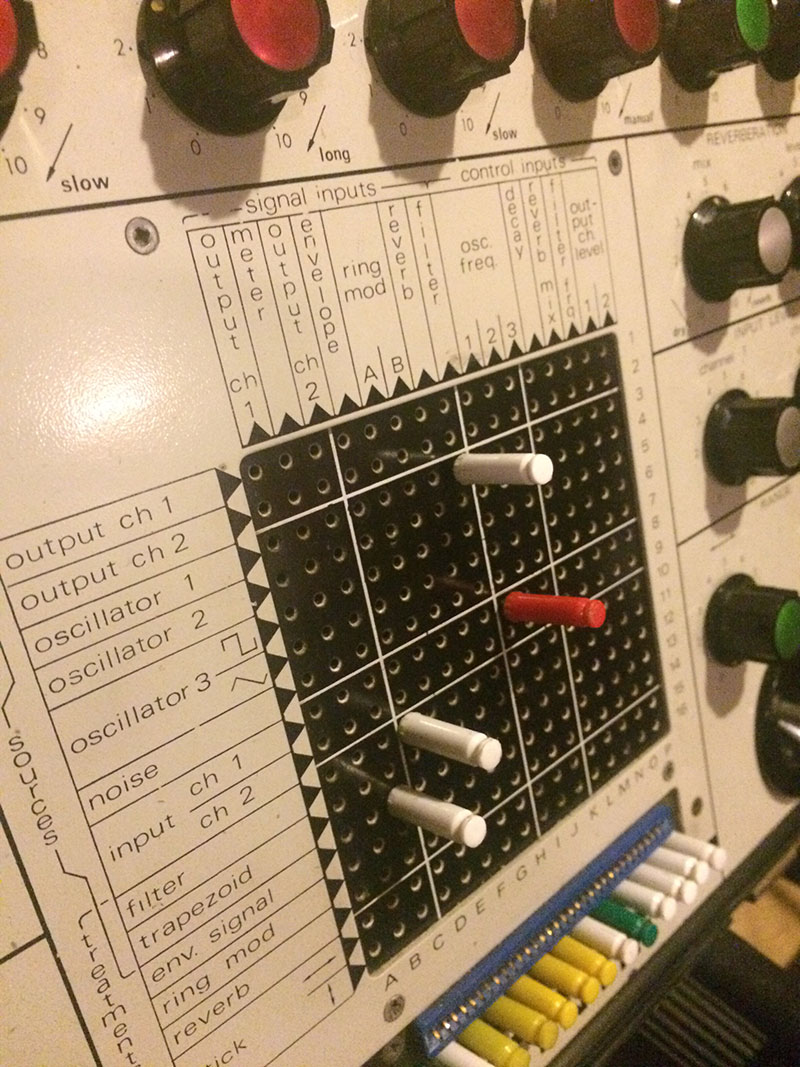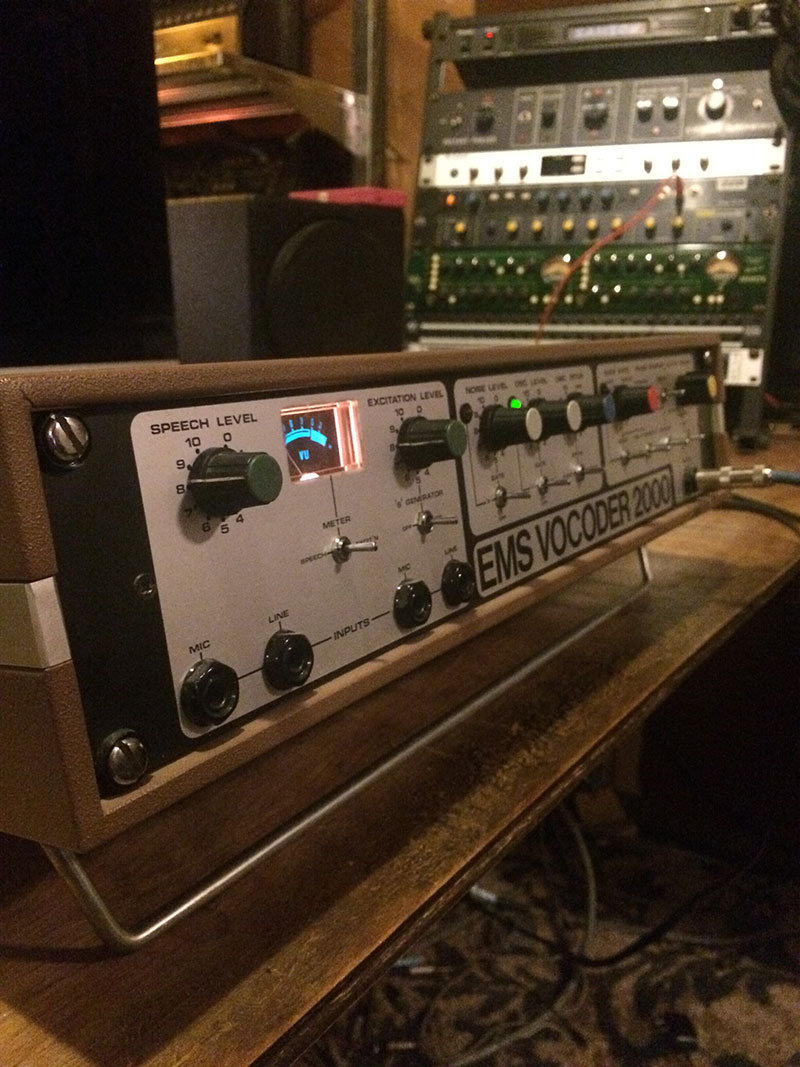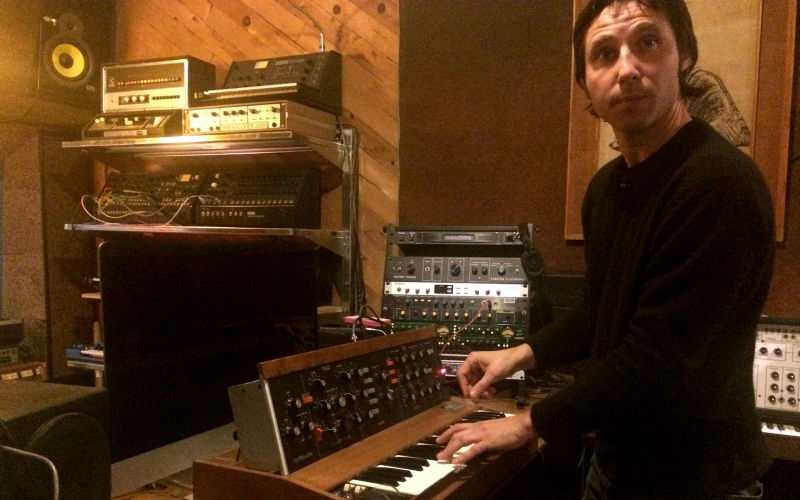It’s the sound of R2D2 in Star Wars, the Tardis in Doctor Who, the transporter in Star Trek and the original Cylons in Battlestar Galactica. It’s the ominous tension-inducing pulse in Pink Floyd’s “On the Run,” the squiggly joyful noise at the start of The Who’s “Baba O’Riley,” and the epic supernovae that punctuate Rush’s “Tom Sawyer.”

“It” is the sound of the analog synthesizer, a machine originally designed to mimic acoustic instruments but whose unique timbres — created by routing electronically-generated tones through filters and signal processors — inspire a unique aural space. And though they’ve become rare instruments, the various synthesizers responsible for the above sounds can be found alongside many others at the East Bay-based Vintage Synthesizer Museum, just off of San Pablo Ave. in Emeryville.
Lance Hill is the affable 40-something curator of the Museum, whose boyish hipster looks shave a good decade off of that number. By appointment, he makes his showroom available to all interested, expert and novice alike. For the former, he offers his synthesizers for in-house rental (the museum’s synths have graced records by Dan the Automator, Neurosis, Blackalicious and others). For the latter, he offers a three-day crash course that leaves one with enough basic facility in audio synthesis to create their own compositions — or, at the very least, the ability to make some cool robot noises.

Once the exclusive province of engineers and programmers, synthesizers have evolved to become much easier to use and manipulate since their earliest iterations. The modular synthesizer was an imposing array of wires, plugs, and knobs that began sharing real estate with piano-style keyboards, thus making the device more accessible (not at all dissimilar to the addition of a typewriter keyboard to the first personal computers). But just like computers, synthesizers don’t do anything unless told to. They’re only as good as their users’ deft way with the sliders and knobs, marking the difference between an artful aural sculpture or total garbage.
Boot up one of Hill’s synthesizers and see for yourself: some are so opaque in their functionality, they’ll yield nary a peep no matter how hard you button-mash. Grumble to Hill, though, and he’ll show that you were a just few knob-twists away from laser guns.


